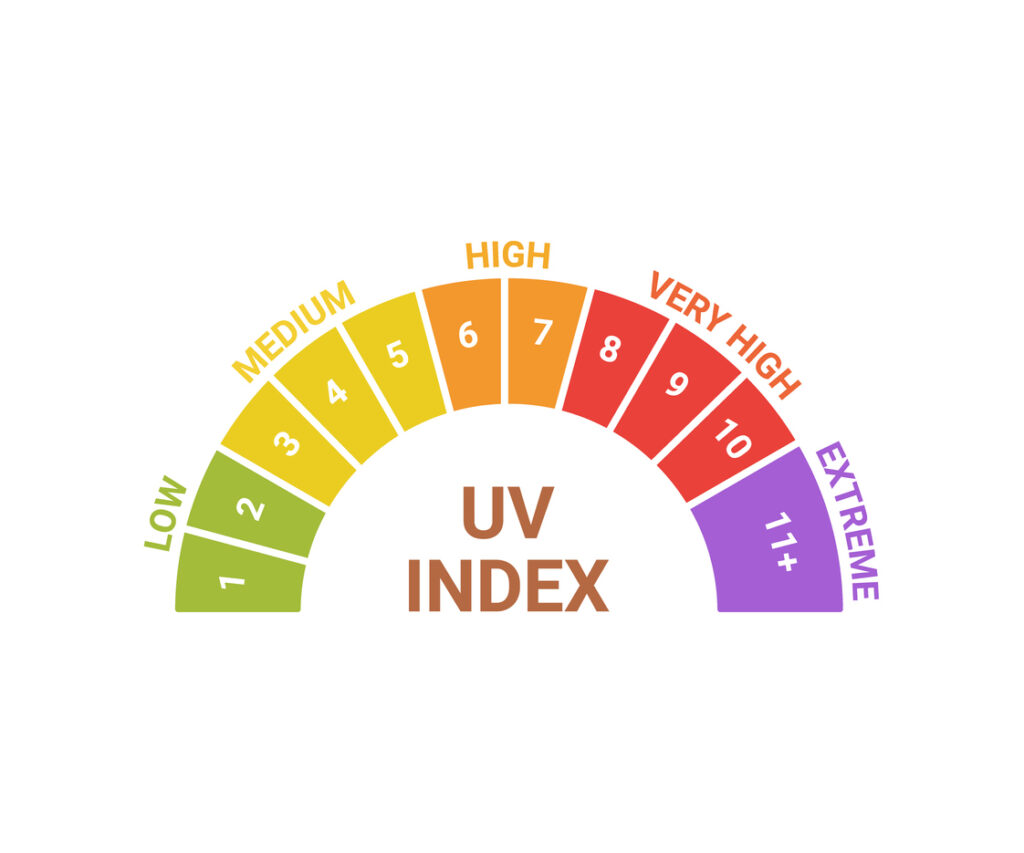Are All Sunscreens Safe? How to Choose the Best Sunscreen

According to the American Cancer Society, skin cancers are the most common type of cancer in the country, with basal and squamous cancers occurring most often. Roughly 5.4 million cases of basal and squamous cell skin cancers are diagnosed each year. As the weather warms and you spend more time outside, it’s important to protect the skin against harmful radiation. Sunscreen is one of the best defenses in preventing skin cancer and helps prevent premature aging from sun rays.
How Does Sunscreen Protect Your Skin?
Robert Wilson, MD, a family medicine physician at Roane County Family Practice, explains, “Sunscreen works as a barrier between the skin and sun’s ultraviolet (UV) radiation. It contains active ingredients that either absorb or reflect UV rays, preventing them from penetrating the skin and causing damage.”
Does Sunscreen Prevent Skin Cancer?
Regular use of sunscreen has been proven to significantly reduce the risk of skin cancer, including melanoma. By shielding the skin from UV radiation, sunscreen helps to prevent DNA damage and the development of cancer cells.
UVA vs. UVB Rays: What’s the Difference?
Ultraviolet (UV) radiation is produced by the sun and is not visible by eyesight, but your skin can feel it. There are two types of UV light, UVA and UVB.
“UVA rays penetrate the skin more deeply and contribute to premature aging and wrinkling, while UVB rays primarily cause sunburn and play a key role in the development of skin cancer,” says Dr. Wilson, adding that a broad-spectrum sunscreen protects against both types of UV radiation.

UV Index: What to Know
According to the Environmental Protection Agency, the UV Index provides a forecast of the expected risk of overexposure to UV radiation from the sun. The UV Index predicts the level of solar UV radiation and indicates the risk of overexposure on a scale from 1 (low) to 11 or more (extremely high).
The UV Index is calculated by the U.S. National Weather Service using a computer model that relates the ground-level strength of solar ultraviolet (UV) radiation to forecasted stratospheric ozone concentration, forecasted cloud amounts and elevation of the ground.
Many factors can affect the UV Index, including altitude, time of day, cloud cover and proximity to the equator. Generally, UV radiation is strongest between 10 a.m. and 4 p.m., and it can be more intense at higher altitudes and the closer you get to the equator. If you’re in the mountains or taking a vacation in the tropics, be extra cautious and apply sunscreen more frequently.
How Often Should I Apply Sunscreen?
Regardless of the SPF level of your sunscreen, it should be applied liberally every two hours, or more often if you are swimming or sweating.
It’s important to wear sunscreen regardless of the weather, not just when it’s sunny. UV radiation can penetrate clouds and cause skin damage even on overcast or chilly days. In addition to sunscreen, Dr. Wilson says people should also consider wearing clothing that offers UV protection as well, such as wide brim hats, swim shirts or clothing made with fabric specifically designed to block UV.
How to Choose the Best Sunscreen
Dr. Wilson suggests looking for a sunscreen with broad-spectrum protection to shield against both UVA and UVB rays. According to the Skin Cancer Foundation, broad-spectrum sunscreens protect against both UVA and UVB rays. To meet the Food and Drug Administration regulations, broad-spectrum sunscreens must have proportional UVA and UVB protection.
“Additionally, opt for a sunscreen with a Sun Protection Factor (SPF) of 30 or higher, water resistance, and ingredients like zinc oxide or titanium dioxide for effective protection,” says Dr. Wilson.

What is SPF?
SPF, or sun protection factor, measures a sunscreen’s ability to protect against UVB rays. It does not relate to UVA rays, which penetrate the skin deeper and are often the cause of skin cancers and aging.
While higher SPF levels offer increased protection, no sunscreen can provide 100% protection. Dr. Wilson recommends SPF 30, as it blocks about 97% of UVB rays, but individuals with fair skin or a history of skin cancer may benefit from higher SPF levels.
It is important to note that a higher SPF does not drastically increase the amount of protection; the Environmental Working Group notes that SPF 50 typically provides 98% protection and SPF 100 provides 99%. Usually, an SPF of 30-50 is adequate, as higher than 50 requires more sun-blocking chemicals that can be harmful.
Looking at Sunscreen Ingredients
Sunscreens can have different ingredients that provide protection in various ways. It’s important to know what ingredients are in your sunscreen to keep your skin safe.
Safe Ingredients to Look For
According to a report from the Environmental Working Group, the FDA found that zinc oxide and titanium dioxide are the only sunscreen ingredients that could be classified as safe and effective. The FDA also found that other common ingredients in sunscreens, including oxybenzone, oxtinoxate, octocrylene, homosalate and abobenzone, are absorbed into the body after one use and can be detected for weeks after use.
Mineral vs. Chemical Sunscreen
Mineral sunscreen sits on the skin’s surface and blocks UV light before the rays can penetrate the skin. It needs to be applied more frequently but is a good choice for sensitive skin.
Chemical sunscreens allow UV light to penetrate skin, after which the chemicals convert the UV light into heat. These sunscreens need to be applied at least 20 minutes before sun exposure. Make sure the chemicals in these sunscreens contain safe ingredients like zinc oxide and titanium dioxide.
Choosing Sunscreens for Children
Dr. Wilson says it’s important to prioritize safety and effectiveness when choosing a sunscreen for children and look for gentle ingredients that are less likely to cause irritation or allergic reactions. He recommends:

- Broad-spectrum protection. These sunscreens protect against both UVA and UVB rays.
- Mineral-based sunscreens. Sunscreens containing zinc oxide or titanium dioxide are safe and gentle for children. These sit on the skin’s surface and are not absorbed into the skin.
- Hypoallergenic and fragrance-free. Opt for sunscreens that are hypoallergenic and free of fragrances, dyes and other potential irritants to minimize the risk of allergic reactions or skin sensitivity.
- Water-resistant formulas. Water-resistant sunscreens are ideal if your child will be swimming or sweating to ensure prolonged protection during outdoor activities.
Lotion vs. Spray Sunscreen
The Skin Cancer Foundation recommends applying at least one ounce of lotion sunscreen, which equals two tablespoons, and rubbing it in thoroughly.
Spray sunscreen should be applied until your skin glistens. While it may say “no rub,” smoothing it into your skin will ensure even coverage. Avoid using spray sunscreen on or near your face, as the ingredients may cause lung irritation. If using spray sunscreen on a child, it is recommended to spray it onto the hands and then rub it onto your child.
Sunscreen sticks are a good option for the face and ears. Make four passes over the area and rub it in afterward for even coverage.
Things to Remember About Sunscreen
Remember that sunscreen is an important defense in protecting against skin cancer. Choose options with at least a SPF of 30, offer broad protection and are made with safe ingredients. Whatever the weather may be, be sure to apply sunscreen thoroughly and reapply often.
If you have any concerns about spots on your skin or questions about sunscreen, contact your primary care provider. To find a physician, visit CovenantHealth.com/Find-a-Doctor.

Covenant Health
Headquartered in Knoxville, Tennessee, Covenant Health is a not-for-profit, community-owned, healthcare enterprise committed to providing the right care at the right time and place. Covenant Health is the area’s largest employer and has more than 11,000 compassionate caregivers, expert clinicians, and dedicated employees and volunteers.


